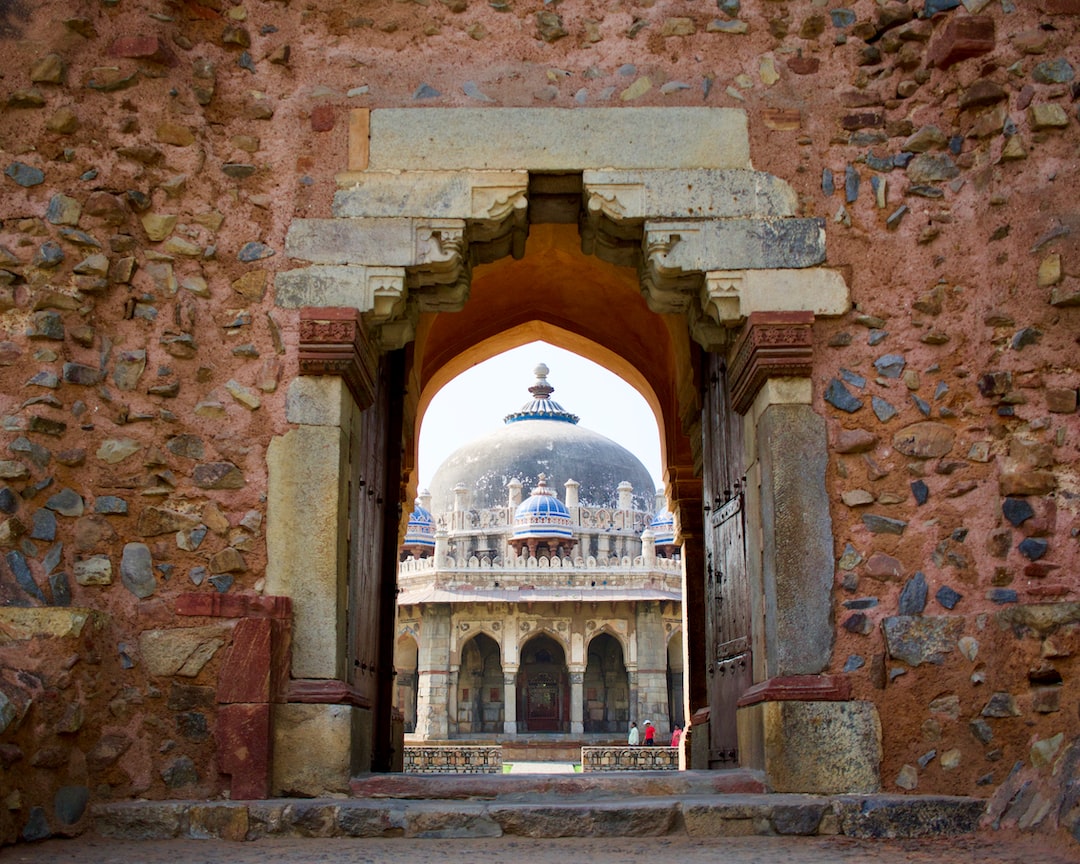Delhi, the capital city of India, is a treasure trove of architectural marvels. From ancient to modern, the city showcases a diverse range of architectural styles that tell the stories of its rich history and cultural heritage. Exploring Delhi’s architectural gems is like taking a journey through time, starting from the ancient period and culminating in the modern era.
One of the most iconic ancient structures in Delhi is the Qutub Minar. Built in the 12th century, this towering minaret stands at a height of 73 meters and is adorned with intricate carvings and inscriptions. It is a UNESCO World Heritage Site and a testament to the architectural brilliance of the medieval period. The surrounding complex also includes several other architectural wonders, such as the Alai Darwaza and the Quwwat-ul-Islam Mosque.
Another architectural gem from the ancient period is the Red Fort. Constructed in the 17th century, this majestic fortress showcases a blend of Mughal, Persian, and Hindu architectural styles. The intricate carvings, marble inlays, and grandeur of the Red Fort mesmerize visitors and transport them back to the era of Mughal emperors.
Moving on to the colonial period, Delhi’s architectural landscape boasts several magnificent structures built during British rule. The India Gate, a memorial built to commemorate Indian soldiers who died in World War I, is one such example. This imposing 42-meter tall structure stands at the heart of New Delhi and is reminiscent of the Arc de Triomphe in Paris. It is a symbol of national pride and a popular spot for locals and tourists alike.
Humayun’s Tomb, another UNESCO World Heritage Site, is a mausoleum built during the 16th century. It is considered the precursor to the famous Taj Mahal and showcases a splendid blend of Persian and Mughal architectural styles. The symmetrical gardens, intricate lattice work, and marble domes make Humayun’s Tomb a must-visit for architecture enthusiasts.
Delving into the modern era, one cannot miss the iconic Lotus Temple. This Bahá’í House of Worship is shaped like a lotus flower and is a marvel of contemporary architecture. Its sprawling complex, serene ambiance, and unique design make it a symbol of unity and peace. The Lotus Temple promotes religious harmony and is open to people of all faiths.
Additionally, Delhi houses a number of contemporary architectural marvels, such as the Akshardham Temple and the Delhi Metro. The Akshardham Temple, built in 2005, showcases intricate carvings, a beautiful central dome, and sprawling gardens. It is not only a place of worship but also a cultural center that educates visitors about Indian art, history, and spirituality.
The Delhi Metro, on the other hand, is a testament to modern engineering and urban infrastructure. It is a lifeline for millions of Delhiites, seamlessly connecting different parts of the city. The metro stations themselves are architectural wonders, with unique designs that reflect the culture and heritage of Delhi.
In conclusion, Delhi’s architectural wonders are a reflection of its rich history and cultural diversity. From ancient marvels like the Qutub Minar and the Red Fort to modern architectural gems like the Lotus Temple and the Delhi Metro, the city has something to offer for everyone. Exploring these architectural marvels is not only a visual treat but also an opportunity to delve into the city’s fascinating past and witness its evolution into a modern metropolis.

